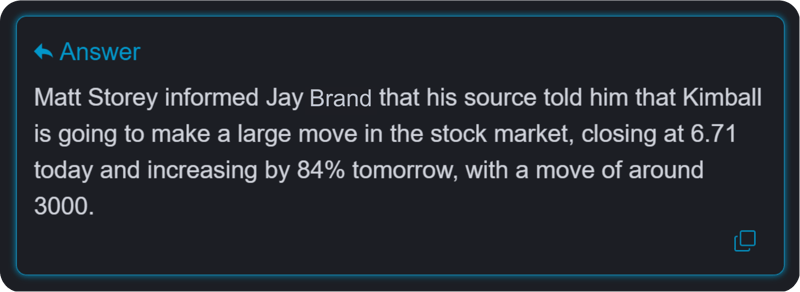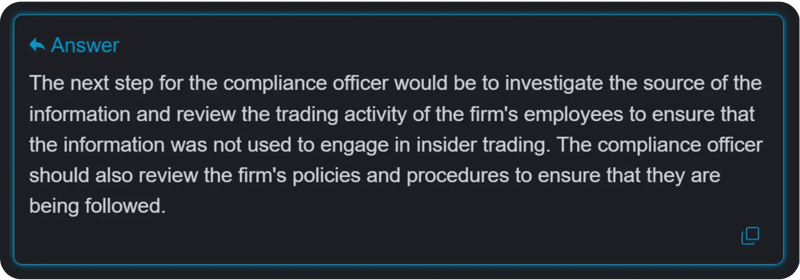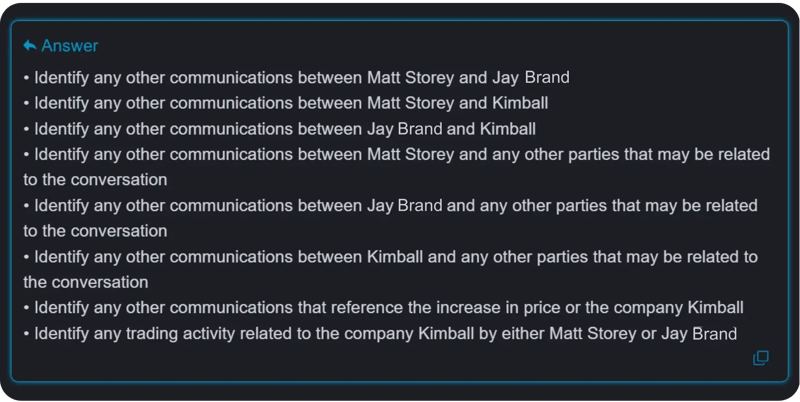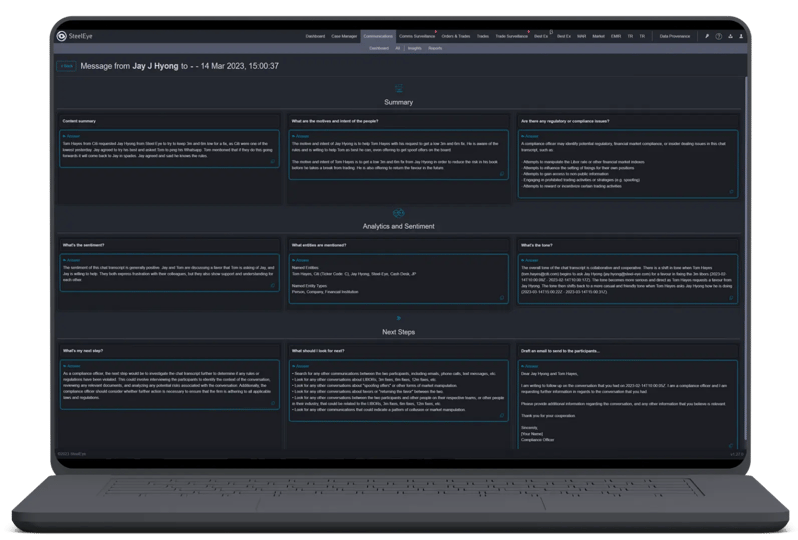SteelEye has carried out a research project to evaluate the applicability of ChatGPT in compliance, more specifically in the investigation assessment and workflow process.
The ChatGPT AI engine has been used to analyze communications flagged in SteelEye’s integrated trade and communications surveillance system.
The results are promising. When implemented with care and leveraged correctly, SteelEye has found that the tool can deliver powerful insights that can go a long way to support the compliance function and help users make sense of information and decide on the best course of action.
Analysis and decision-making support from a Large Language Model like ChatGPT can empower compliance teams to analyze data with more incredible speed and identify potential risks more effectively.
However, there are some key considerations firms need to bear in mind if they want to leverage this technology, including how ChatGPT processes data.
This case study has been developed to provide financial firms with an overview of how technologies like ChatGPT can be applied in compliance and to present the benefits, use cases, and considerations for its use.
We hope you enjoy the case study.
 Matt Storey
Matt Storey
Chief Product Officer and Co-Founder
SteelEye







.webp?width=800&height=408&name=SteelEye-integrates-chatgpt-for-surveillance-sentiment-and-tone%20(1).webp)





